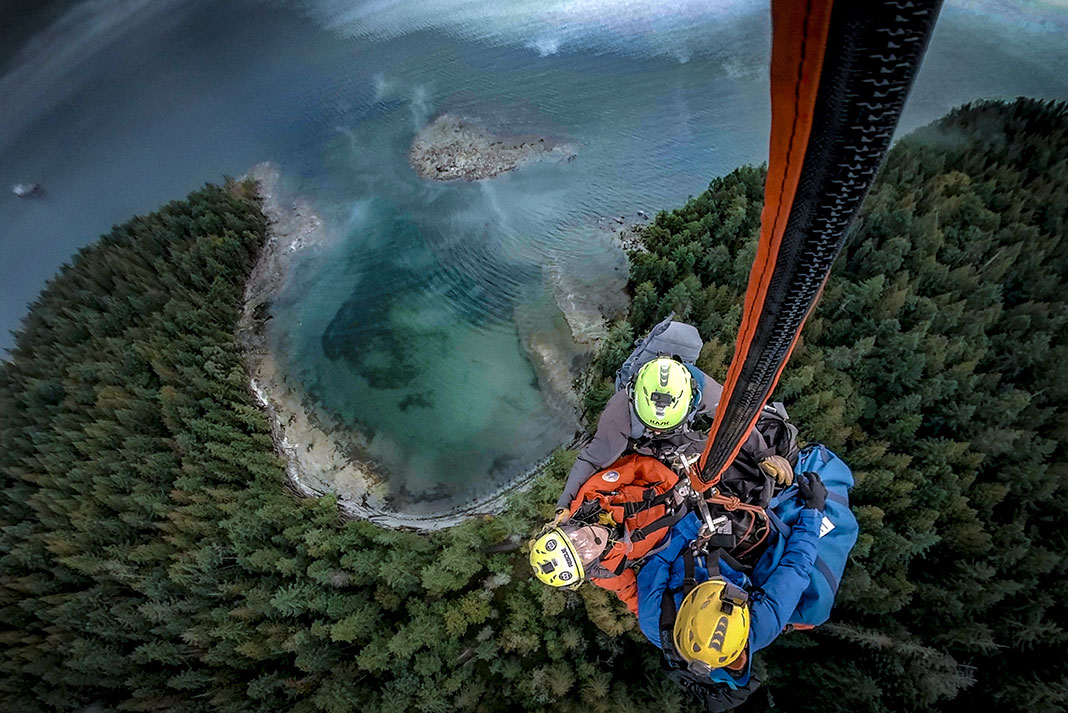Nobody heads out on their local lake or dream paddling trip expecting a rescue. Yet anyone who has spent enough time on the water knows how quickly a sunny day can turn stormy, an old injury can flare up, or fatigue can negatively influence decisions. Disaster can strike whether you know you’ve made a mistake or not, so here are some major backcountry blunders to avoid, according to the pros.
3 backcountry mistakes that will get you in real trouble
Depending on where you get into trouble in North America, emergency response may come from the coast guard, national park staff, military or one of hundreds of volunteer search and rescue teams. According to a study of more than 65,000 search and rescue events in U.S. national parks, the most common causes for requesting assistance were errors in judgment (22.3 percent); fatigue and physical conditioning (16.8 percent); insufficient equipment, clothing or experience (15.6 percent); falls (8.9 percent); and weather (7.4 percent).
Sandra Riches, executive director of B.C. AdventureSmart recommends following the three Ts: trip planning, training and taking essentials to all outdoor activities. Those suggestions will help mitigate the three most common mistakes search and rescue professionals see in the backcountry.
1 Being unprepared
Know what to expect regarding the route’s conditions and weather, and pack accordingly. Then, “My advice to people is to expect the unexpected,” says Pete Schimek, president of British Columbia’s Pemberton Search and Rescue. Items that aren’t strictly necessary for a half-day trip, like a first aid kit, food and shelter, can have an exponential impact on whether an accident turns into an inconvenience or emergency.
Simply wearing a life jacket greatly increases the chances of survival in an on-water mishap. According to 2021 U.S. Coast Guard statistics, kayaks were the vessel type with the second-highest fatalities (15 percent), behind open motorboats (44 percent). Where cause of death was known, 81 percent of fatal boating accident victims drowned. Of those victims with reported life jacket usage, 83 percent were not wearing a life jacket.
2 Inexperience and complacency
People new to paddling may not realize what risks they are taking by paddling in an offshore wind or not wearing a PFD. According to the same U.S. Coast Guard data, nearly three-quarters (74.6 percent) of people who died in paddling accidents had less than 100 hours of experience in the activity. And over one-third (38.8 percent) had less than 10 hours’ experience.
Yet, even experienced paddlers can be sloppy in their safety habits. Sometimes a familiar place lulls us into thinking we don’t need to bring an extra warm layer or share our float plan with a friend. Having well established systems, habits and checklists can reduce the chances of preventable emergencies.
3 Lack of training
It’s one thing to carry a paddle float, map and compass, or first aid kit; it’s another to know how to use them. Many emergencies can be prevented by training that empowers paddlers to make good choices with basic skills. Learn how to self-rescue and conduct assisted rescues, as well as how to do basic navigation and make decisions related to weather, currents and identifying hazards. Don’t just take a course—practicing skills regularly is paramount. And practice in unfavorable conditions like rough waves, cold temperatures and after a long paddle when tired.
As Laurence Gonzales writes in Deep Survival: Who Lives, Who Dies, and Why, “A panicked mind is a useless mind.” By training regularly and in diverse environments, we can make sound judgments and respond effectively when it counts.
Charlotte Jacklein is an outdoor educator, Paddle Canada instructor, sea kayak guide and search and rescue volunteer.
Frame grab from a medical extraction on the West Coast. | Feature photo: Peg Leg Films
